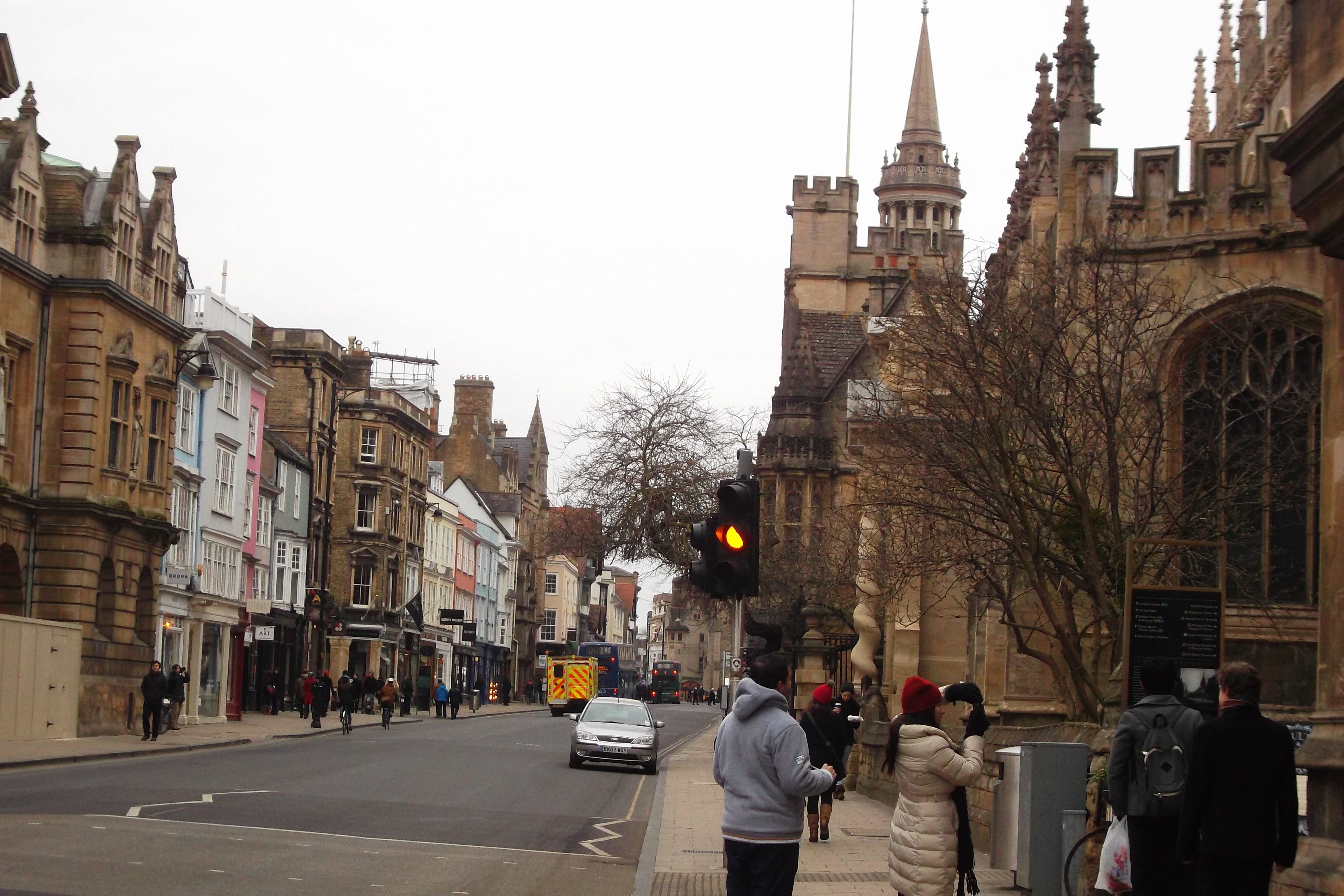Description
Oxford, a city located in south-central England, revolves around its prestigious university founded in the 12th century. The architecture of its 38 universities in the city’s medieval center led the poet Matthew Arnold to nickname it “the city of dreaming spiers”. University College and Magdalen College are on the High Street, which runs from Carfax Tower (with city views) to the Botanic Gardens on the River Cherwell.
Oxford is a city steeped in history and intellectual legacy, stands as a testament to centuries of academic excellence, architectural splendor, and cultural significance. Nestled along the banks of the River Thames in Oxfordshire, England, this iconic city is renowned worldwide for its prestigious university, ancient buildings, and vibrant cultural scene.
At the heart of Oxford is the University of Oxford, one of the oldest and most esteemed universities globally. Its origins date back to the 12th century, and its sprawling campus is an amalgamation of colleges, libraries, and historic structures. Each college has its own unique charm, with architectural styles ranging from medieval to modern. Notable colleges include Christ Church, Magdalen, and Balliol, each boasting rich histories and playing a pivotal role in shaping the intellectual landscape of the city.
The Bodleian Library, part of the University of Oxford, is a true bibliophile’s paradise. Dating back to the 17th century, it is one of the oldest libraries in Europe. The Radcliffe Camera, an iconic circular library, stands as a symbol of Oxford’s commitment to scholarship and houses a vast collection of rare manuscripts and books.
Oxford’s skyline is adorned with spires and towers, giving the city a timeless and enchanting aura. The dreaming spires, as they are affectionately known, create a visual tapestry that resonates with both history and academic achievement. St. Mary’s Church tower, with its panoramic views of the city, offers a glimpse into Oxford’s architectural splendor.
Beyond academia, Oxford has a vibrant cultural scene that caters to diverse tastes. The Ashmolean Museum, the world’s first university museum, houses an extensive collection of art and artifacts spanning centuries and cultures. Modern art enthusiasts can explore the cutting-edge exhibitions at the Modern Art Oxford gallery.
The Botanic Garden, established in 1621, provides a serene escape with its meticulously curated collection of plants. Wandering through the gardens, visitors can discover themed areas, such as the medicinal beds or the waterlily pond, all set against the backdrop of historic glasshouses.
The city’s meandering waterways, particularly the River Cherwell and the Isis (the local name for the Thames), offer opportunities for punting—a quintessential Oxford experience. Gliding along the tranquil waters, surrounded by lush greenery and the historic architecture of riverside colleges, transports visitors to a bygone era.
Oxford’s covered market, a bustling hub of commerce since the 18th century, offers an array of shops, boutiques, and food stalls. It’s an excellent place to experience the local atmosphere and indulge in everything from fresh produce to handmade crafts.
Oxford’s literary legacy is also celebrated, with landmarks like the Eagle and Child pub, where literary giants J.R.R. Tolkien and C.S. Lewis gathered with their fellow Inklings. The city’s rich literary heritage extends to the Bodleian Library’s exhibition on J.R.R. Tolkien, showcasing the author’s manuscripts and drawings.
In conclusion, Oxford is a city where the past seamlessly intertwines with the present, creating a unique and vibrant tapestry of academic brilliance, cultural richness, and architectural splendor. From the imposing halls of academia to the tranquil gardens, historic libraries, and lively marketplaces, Oxford invites visitors to immerse themselves in the essence of knowledge, culture, and timeless beauty that defines this extraordinary city.
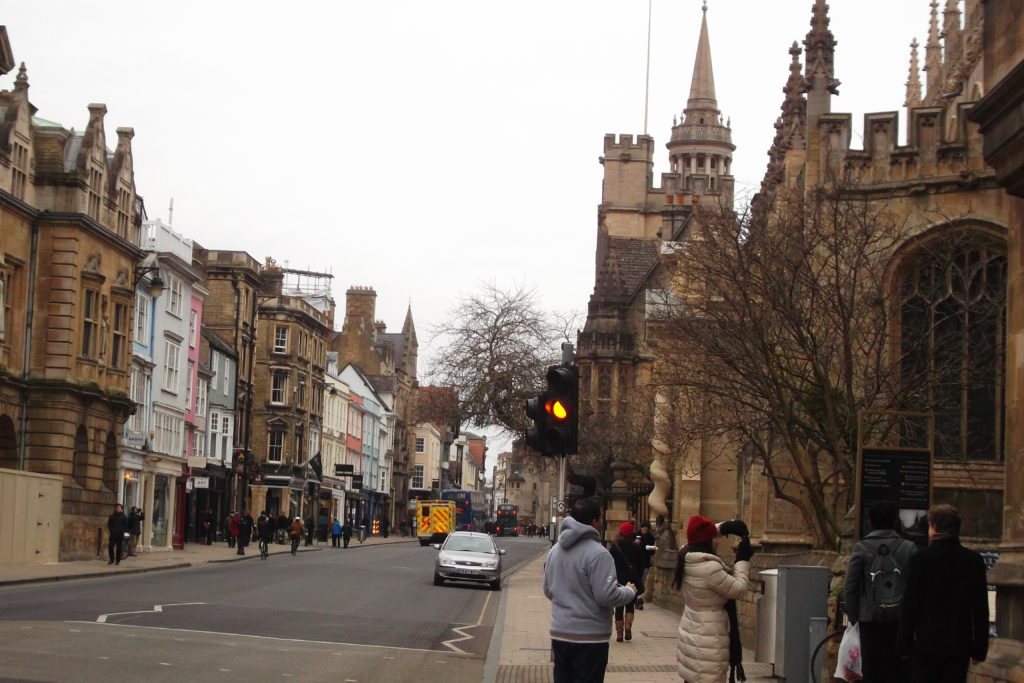
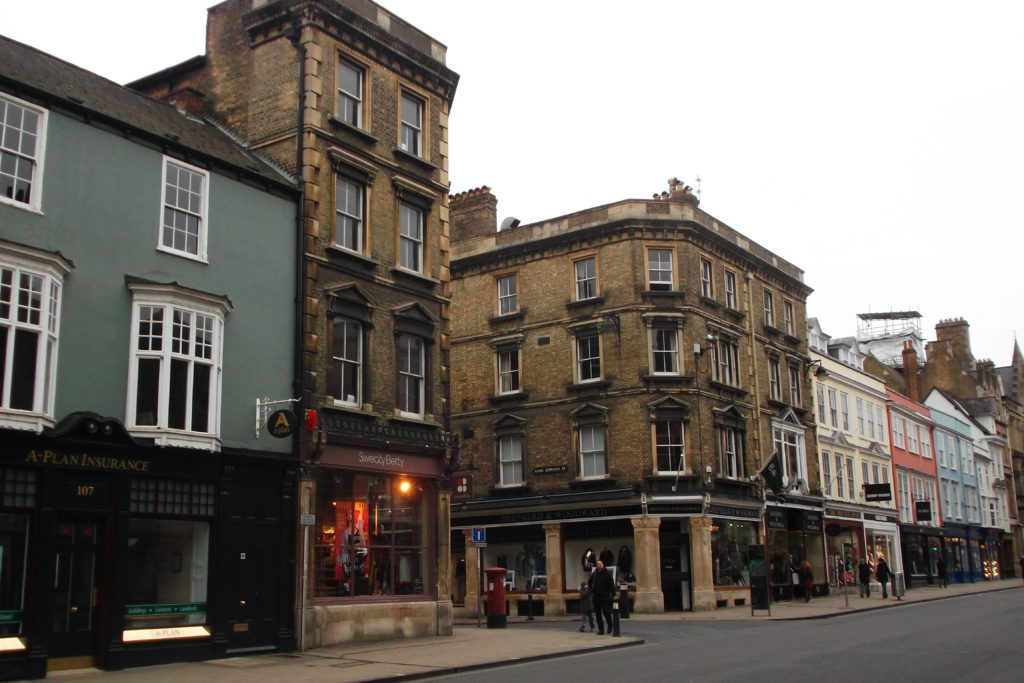
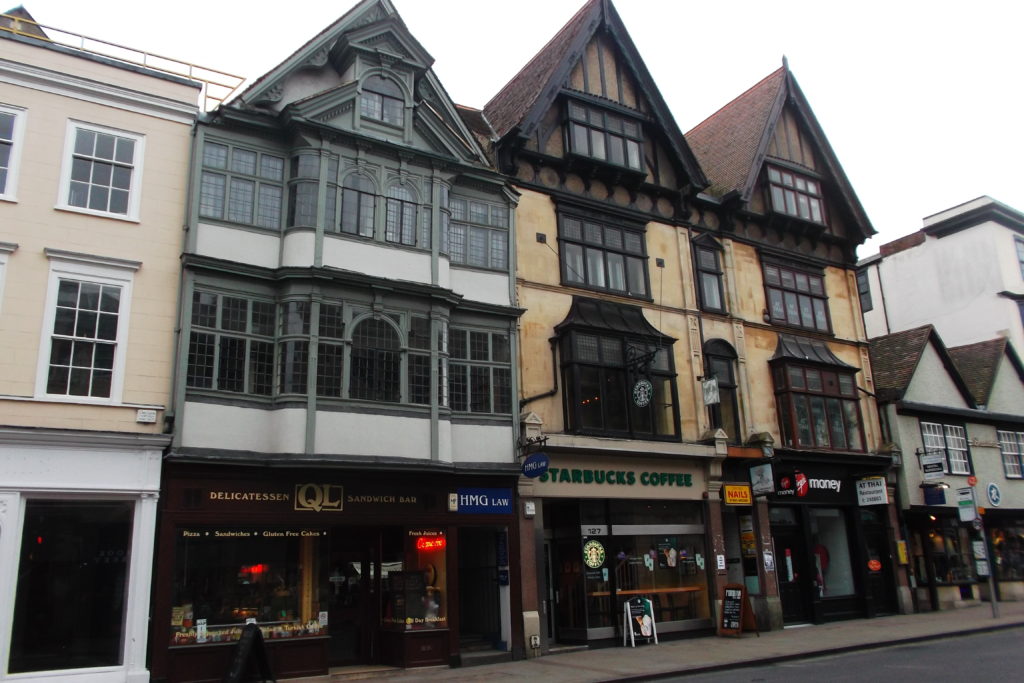
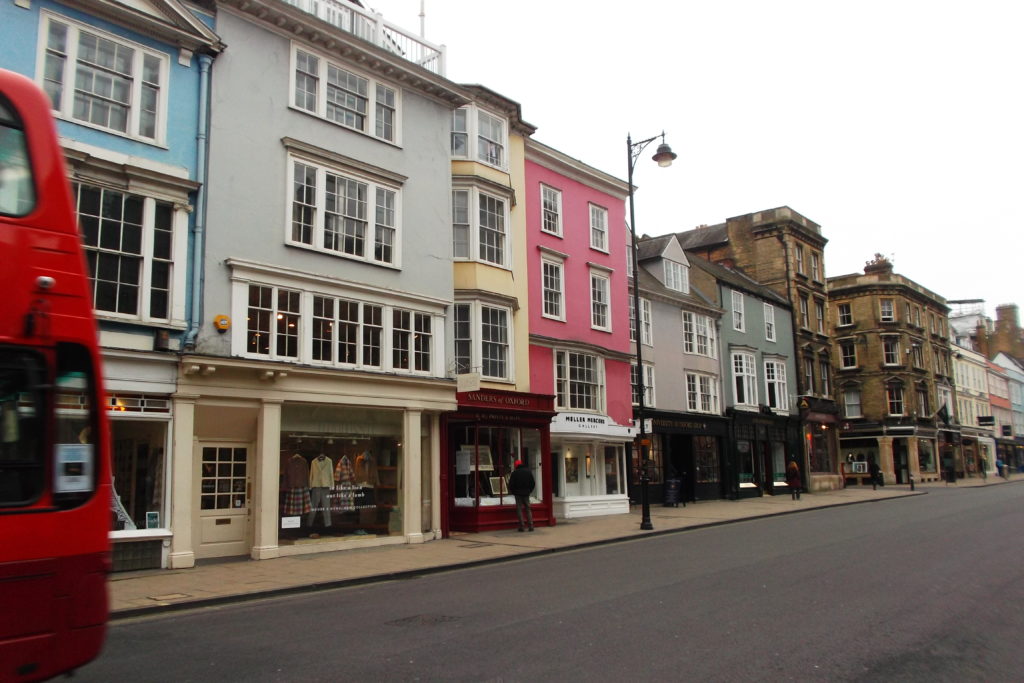
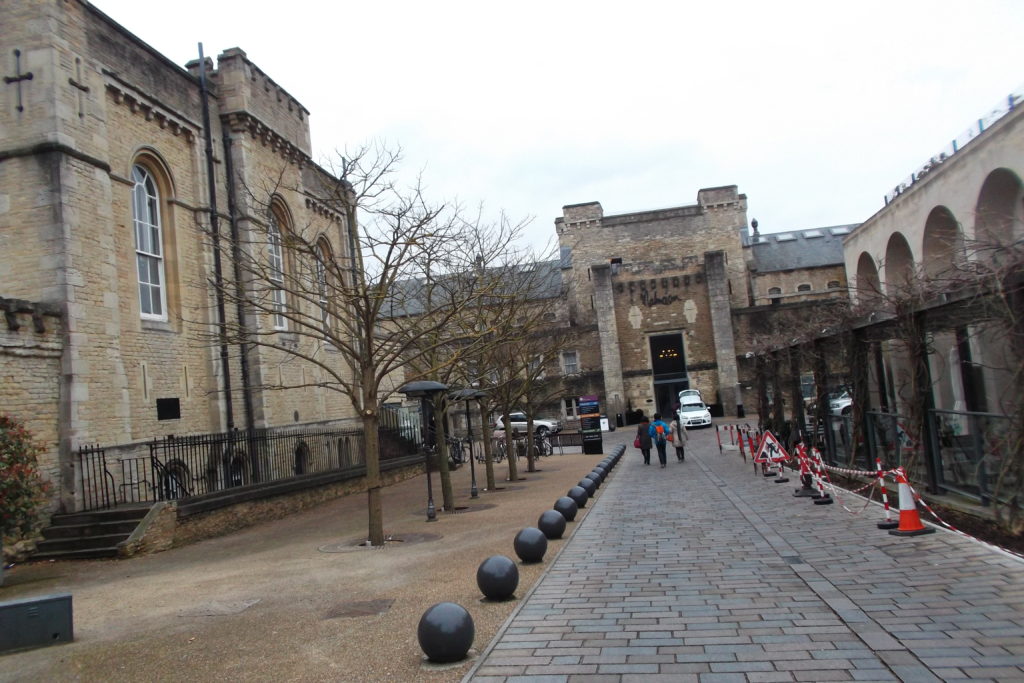
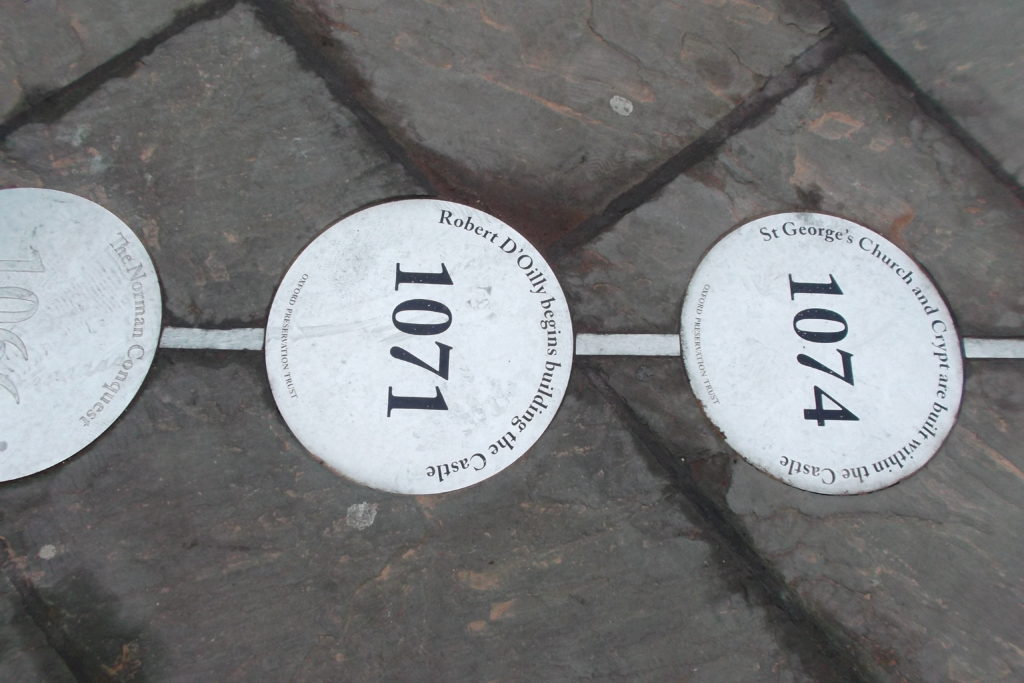
The buildings of Oxford are an example of all periods of English architecture, from the arrival of the Anglo-Saxons to the present day.
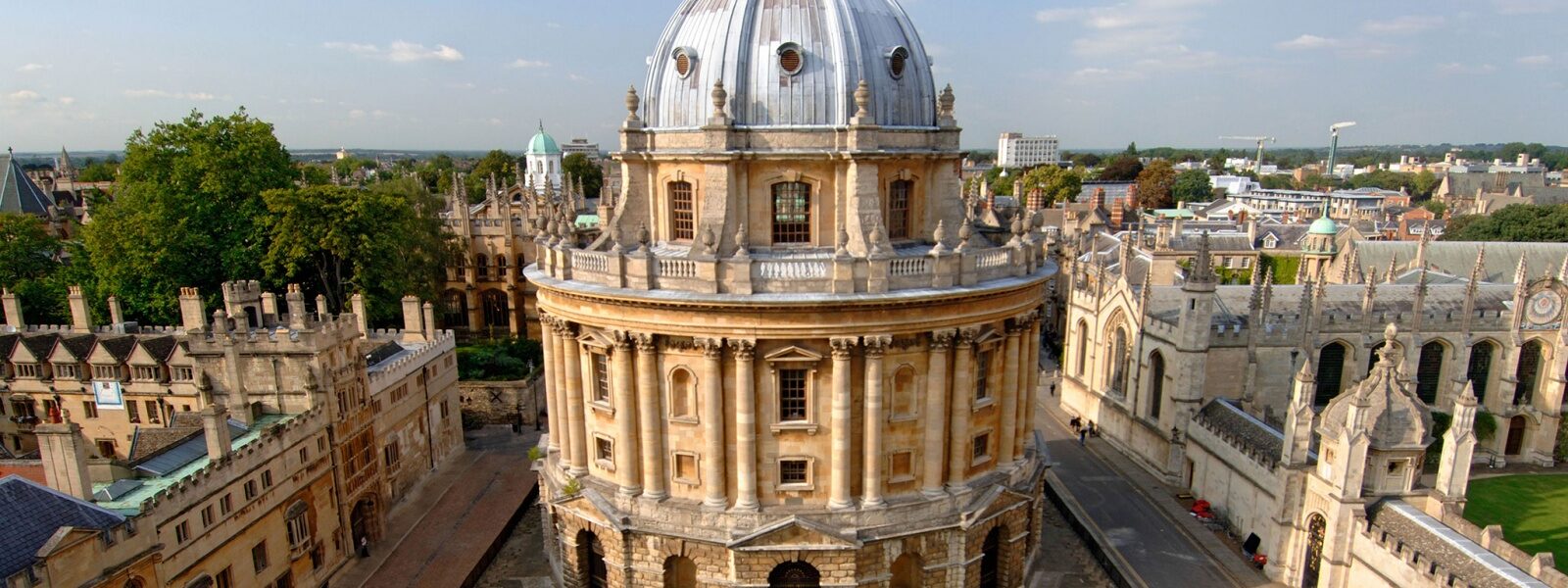
If you like the famous litterary serie of Harry Potter, you already know that certain places in Oxford were used in the films.
The Bodleian library (above photo and beneath) est la plus connue bibliothèque d’Oxford et la deuxième plus grande d’Angleterre. Son architecture gothique Anglaise fait directement penser à Poudlard.
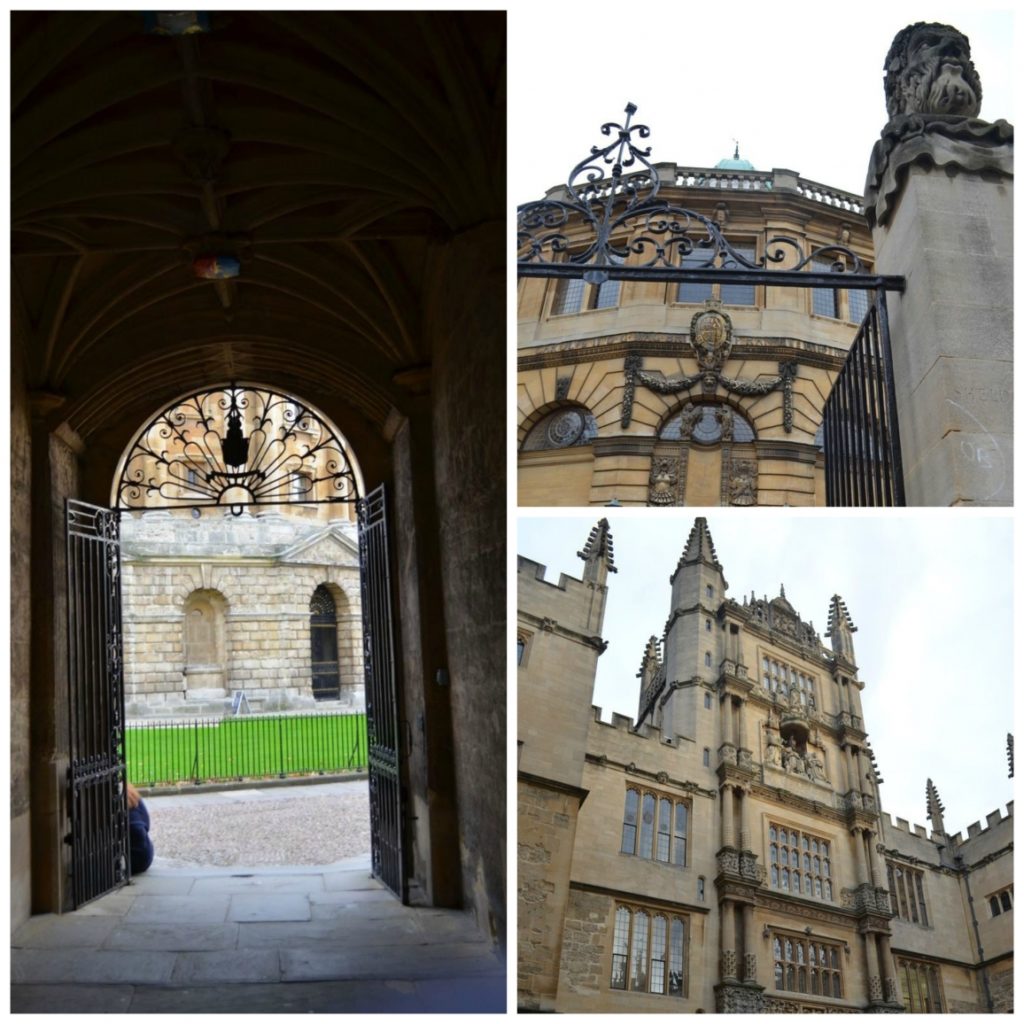
Divinity school: It is said that it is the most beautiful room in Europe, even in the world… It became the Hogwarts infirmary in “Harry Potter and the Philosopher’s Stone”, and the dance hall in “Harry Potter and Goblet of Fire”.
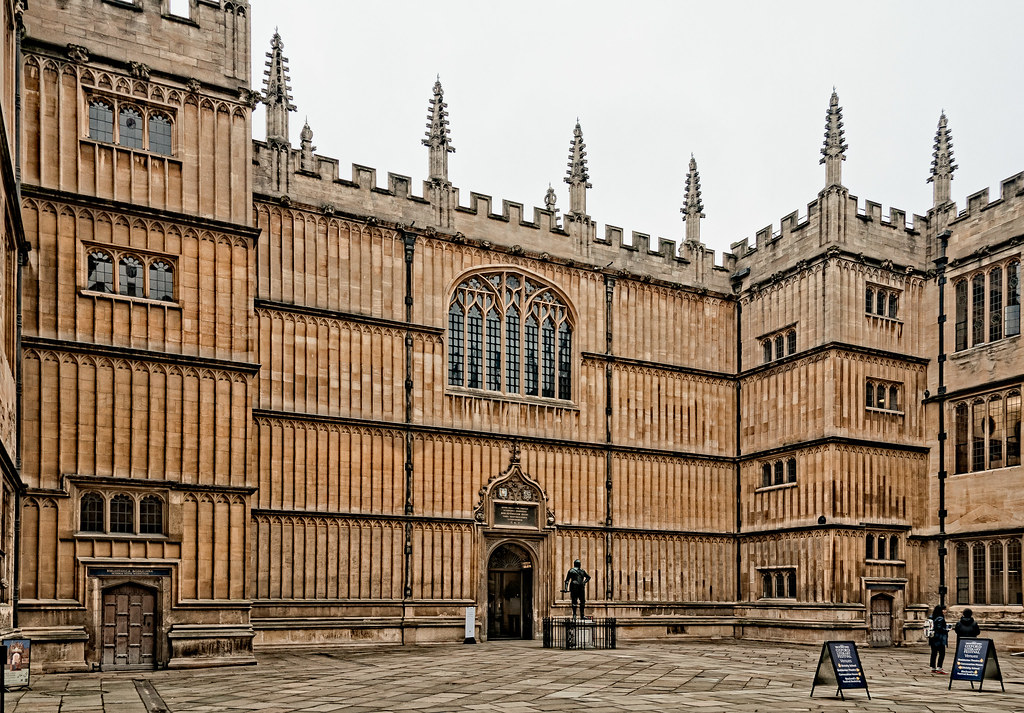
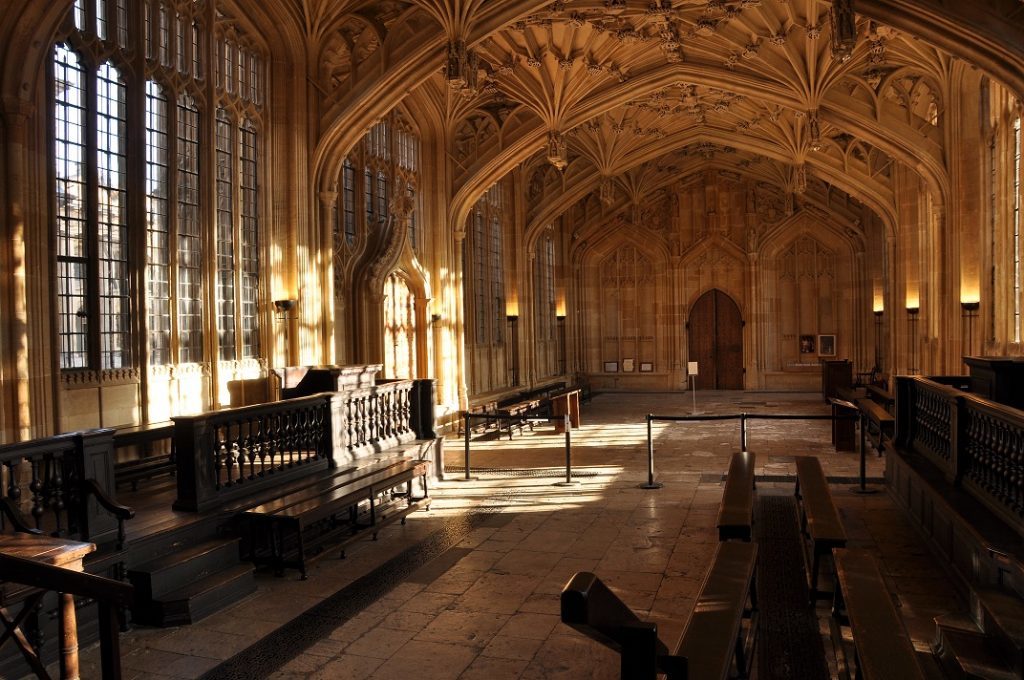
Duke Humfrey’s Library
Duke Humfrey’s library: The library which served as the setting for the Hogwarts library can only be visited with a guide, because of the precious works it contains. Timetables can be found at the ticket office.

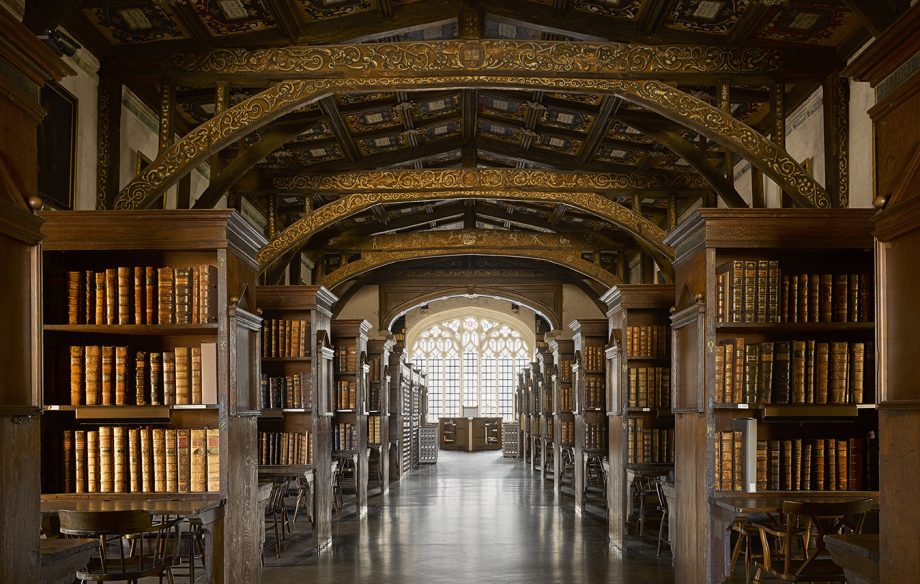
Chris Church: The college is magnificent and sometimes you feel like you’re really walking through the corridors of Hogwarts when there aren’t too many tourists… It’s magical!

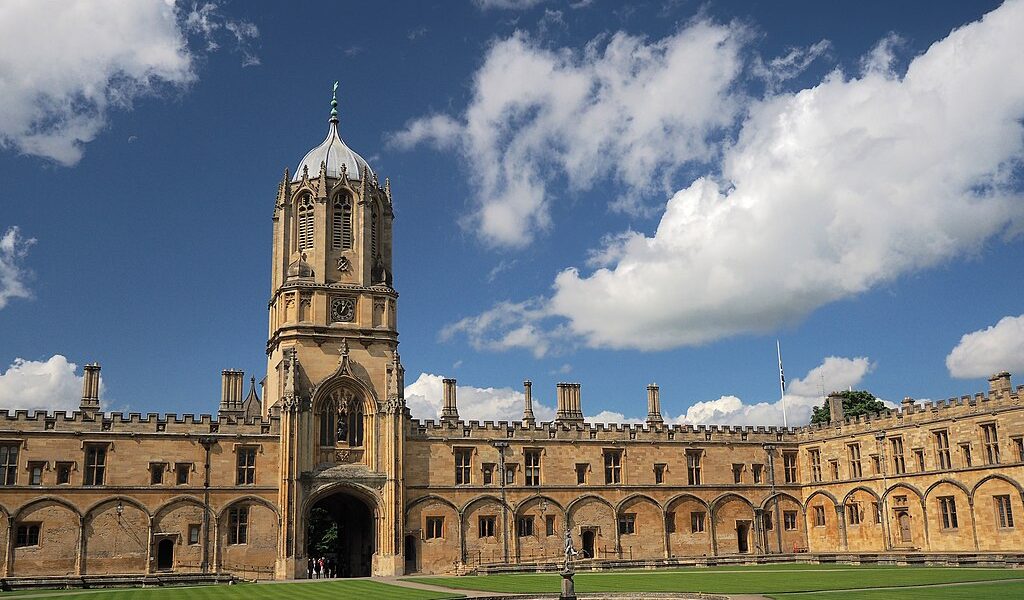
There we find the “Great Hall” that served as inspiration for the films.

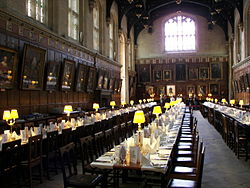
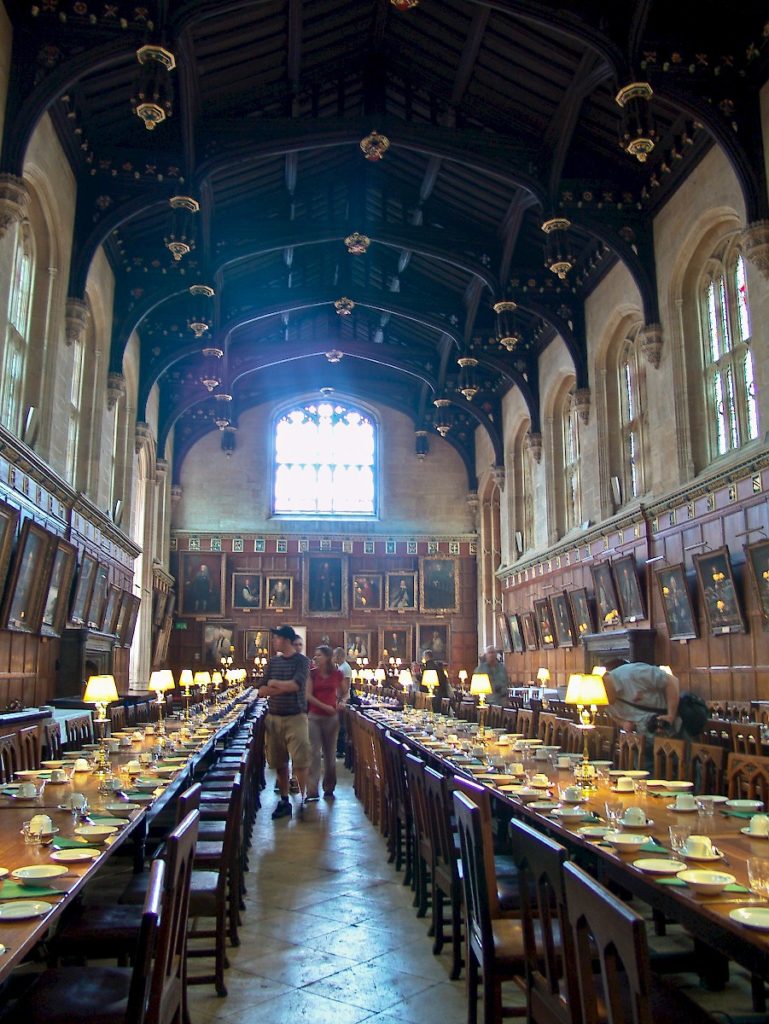
As for the stairs, they have also been used in films on multiple occasions… As well as Harry Potter, they were used in the film “The Golden Compass”, a film adaptation of Philip Pullman’s famous trilogy, His Dark Materials.


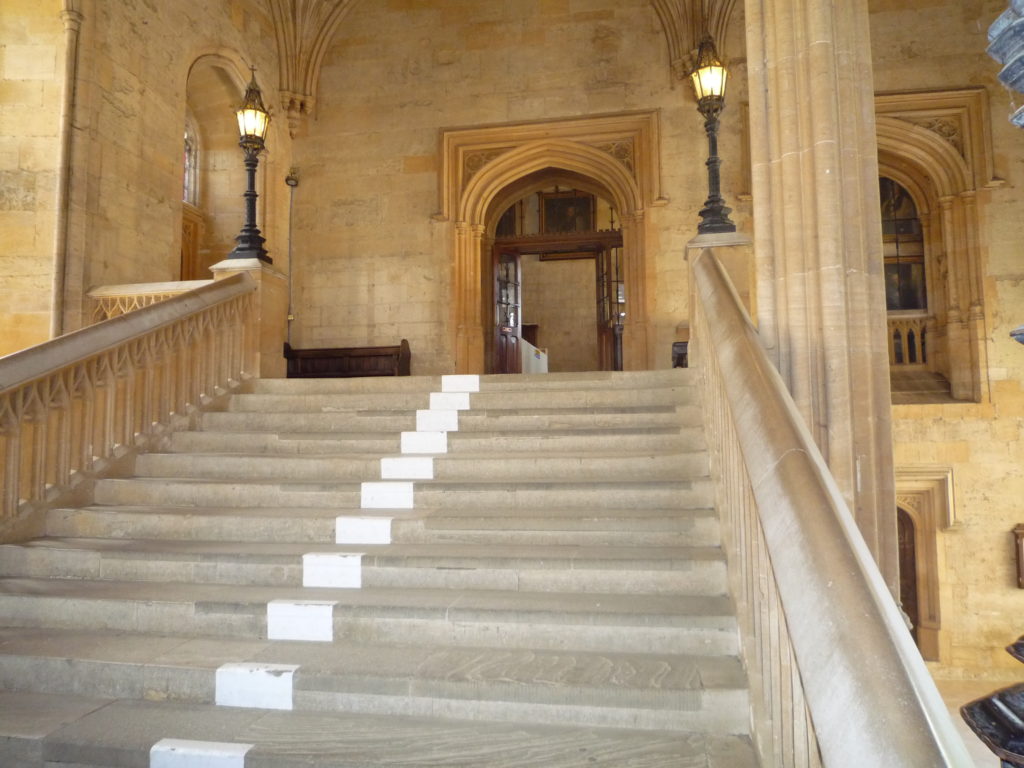
Finally, we also recognize the cloisters, which were used (at least) in the first and fourth parts of the Harry Potter saga.

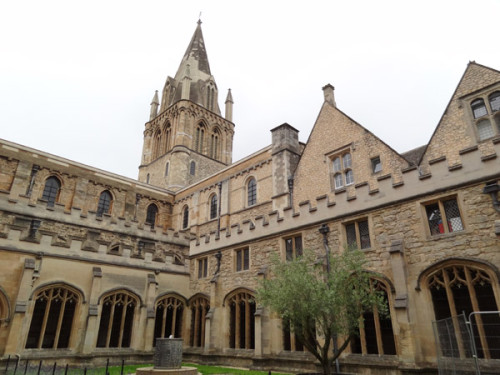
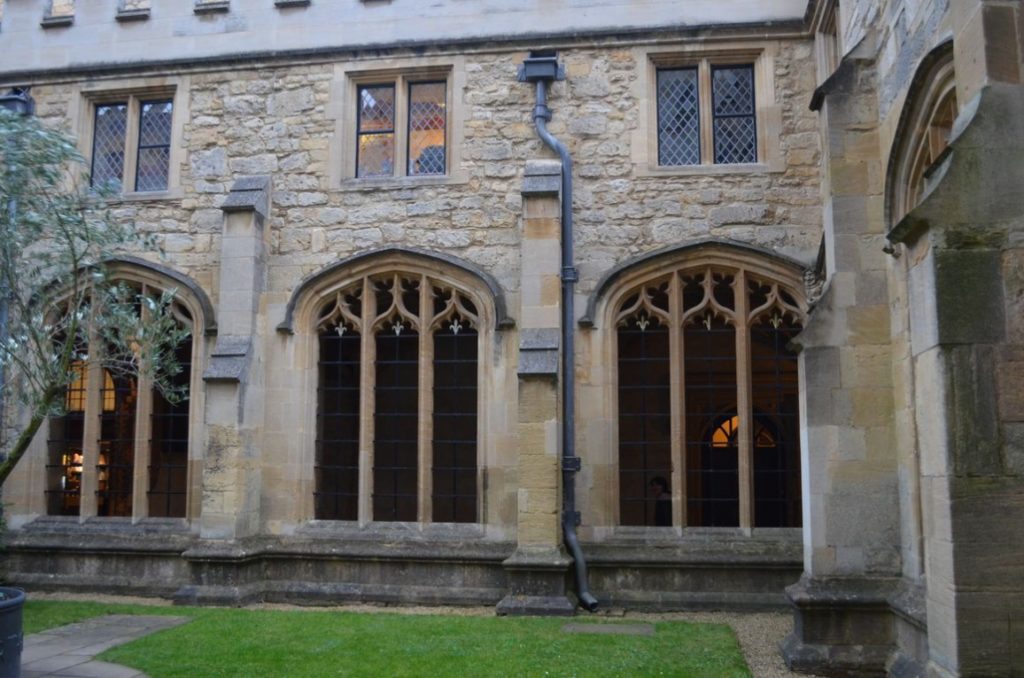
Have a nice time in Oxford!

